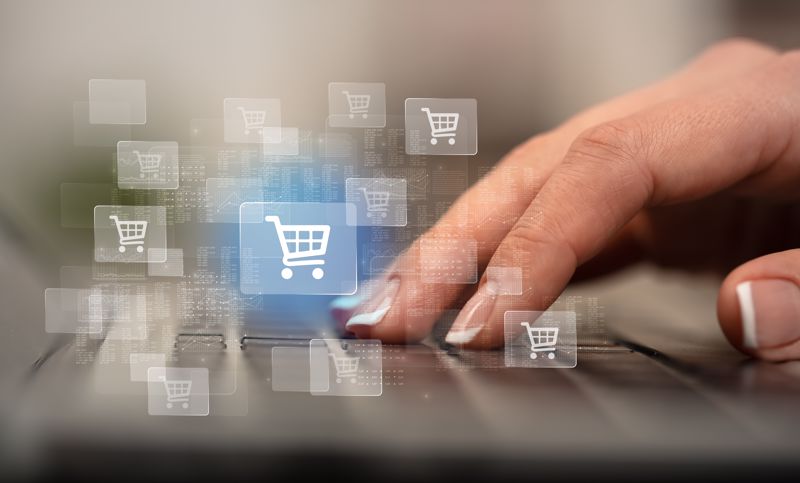First and foremost, it appears that consumers have largely come to expect free and fast shipping as a matter of course — but interestingly, they don't always mind paying for it, according to Inmar Intelligence. More than half of respondents said they would spend between $25 and $50 if it meant they would qualify for free shipping, and 85% said they would go pick up their packages at a local store to reduce shipping costs.
And while almost half of those polled indicated they expect deliveries to arrive within two or three days of placing the order, 87% said they would be willing to wait as long as a week if they didn't pay for shipping, the survey showed. However, that wasn't the case for all types of products; almost 4 in 5 said they expect to get free shipping when they order apparel or home goods online.

Different kinds of shopping
It should come as little surprise to those in the logistics industry that online shopping increased across the board during the pandemic, and that was particularly true of groceries. Now, though, consumers are returning to pre-pandemic norms, a recent study from Brick Meets Click found. In April 2021, online grocery sales hit $8.4 billion, down 10% from March but still well above where it was in the same month last year.
That came as fewer households made such purchases, a drop of 12% to some 68 million, the report said. That may seem like a bit of a disconnect — there was a 12% drop in households ordering groceries online, but revenues on those purchases were up 16% — but this shows increased engagement among the people who found they liked this kind of ordering. Indeed, 78% of total online grocery sales in April came from a dedicated set of monthly active users.
Meeting expectations
If consumers are changing their habits when it comes to online shopping, companies may need to do more to meet them where they are. Recent polling from FullStory showed that 81% of people plan to shop online more often in the months ahead, despite the waning effects of the COVID-19 pandemic. However, just 12% say they are "very likely" to provide feedback when they run into problems completing a transaction, and the vast majority will instead abandon the sale.
"The rise of digital-first business brings great opportunity but also risk, as this survey correlates a poor digital experience with customer and revenue loss," said Kirsten Newbold-Knipp, chief marketing officer of FullStory.
As such, companies may need to do more to engage consumers to understand what they want from these e-commerce transactions and how the business can better meet those requirements.



Post A Comment:
0 comments so far,add yours